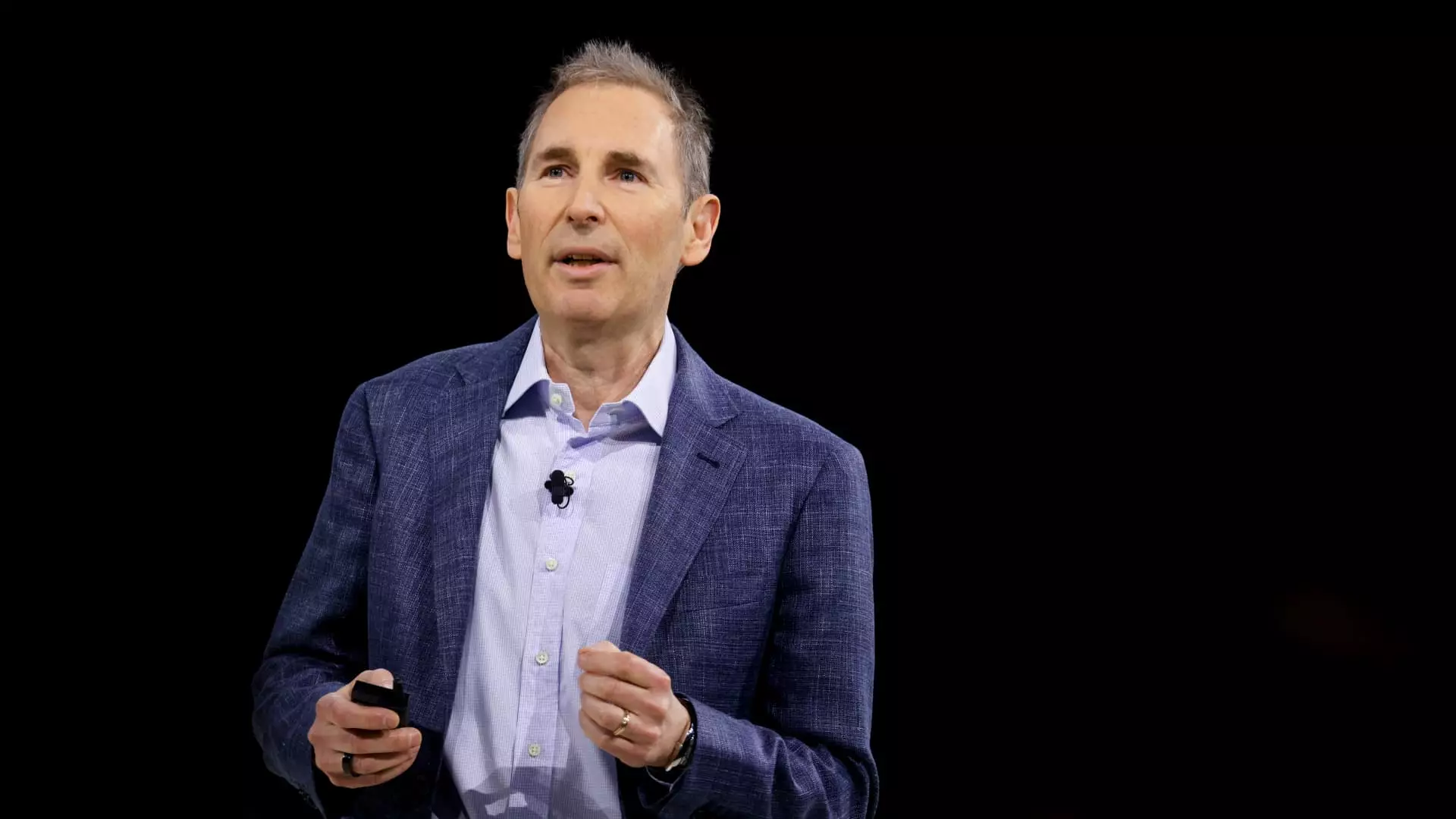The rapid integration of generative artificial intelligence (AI) is reshaping the labor landscape within major tech corporations, with Amazon serving as a prominent example. CEO Andy Jassy openly acknowledges a future where AI automates a significant portion of tasks traditionally accomplished by human employees. This transformation, while seemingly threatening to jobs in certain routine or manual capacities, is also positioned as a catalyst for creating new roles—particularly in the realms of AI development, robotics, and innovative service design. However, Jassy’s admission that Amazon’s workforce will likely contract in the coming years reveals the nuanced reality: automation does not simply displace workers and generate equivalent new roles effortlessly; rather, it triggers a complex restructuring of the workforce, requiring thoughtful navigation.
Workforce Reductions Versus Strategic Hiring
Despite the inevitable layoffs tied to automation, Amazon is simultaneously investing in specialized talent to build and maintain AI systems. This paradox—fewer workers overall but more concentrated expertise—is emblematic of a broader trend across the tech industry. Salesforce CEO Marc Benioff’s claim that AI contributes to 30% to 50% of his company’s work reinforces the idea that AI isn’t just a future prospect; it is already materially altering workflows. Likewise, firms like Shopify, Microsoft, and Klarna are advocating for widespread AI adoption, leveraging it as a tool to not just reduce headcount but also to redefine employees’ roles. Klarna’s reported 40% reduction in staff, partially attributed to AI and natural attrition, underscores how AI is being deployed as a strategic lever to streamline operations, not merely a productivity enhancer.
Changing Nature of Jobs: Beyond Automation to Augmentation
While fears about job losses dominate public discourse, AI’s potential to offload “rote work” introduces a less discussed benefit: making remaining jobs more engaging and creative. According to Jassy, AI frees employees from mundane tasks, enabling them to focus on higher-value activities like innovation and problem-solving. This perspective suggests that instead of a straightforward displacement narrative, AI is steering a transition from repetitive labor toward intellectually stimulating, value-added roles. Yet, the challenge lies in preparing the workforce for this transition, demanding significant reskilling efforts and organizational shifts to harness AI’s augmentative potential effectively.
Market Performance and Broader Industry Implications
Amazon’s announced workforce reductions coincide with subdued stock performance in 2024, contrasting with peers like Meta, Microsoft, and Nvidia reaching or nearing record highs. This divergence may reflect investors’ skepticism about how quickly and efficiently Amazon can capitalize on AI-driven transformation, or possibly concerns about the broader strategic direction amid workforce upheavals. The broader tech sector’s embrace of AI underscores a reckoning: companies that successfully integrate AI to enhance productivity while managing workforce transitions may gain competitive advantage, while those slower to adapt risk losing market position.
Critical Reflection on AI’s Workforce Promises
While corporate leaders emphasize AI’s role in creating new jobs and making work more fulfilling, the real-world impact is often less rosy. Workforce shrinkage, prompted by automation and efficiency drives, tends to outpace the creation of new, meaningful employment opportunities, at least in the short term. Moreover, displaced workers face uncertain futures, with opportunities potentially concentrated in highly technical disciplines accessible only to those with advanced skills. Society and corporations alike must confront this tension candidly: embracing AI is inevitable, but it necessitates proactive strategies around education, social safety nets, and equitable access to upskilling pathways to avoid exacerbating inequality and disenfranchisement. The narrative must transcend optimistic rhetoric and focus on realistic, inclusive workforce planning in this AI-driven era.

